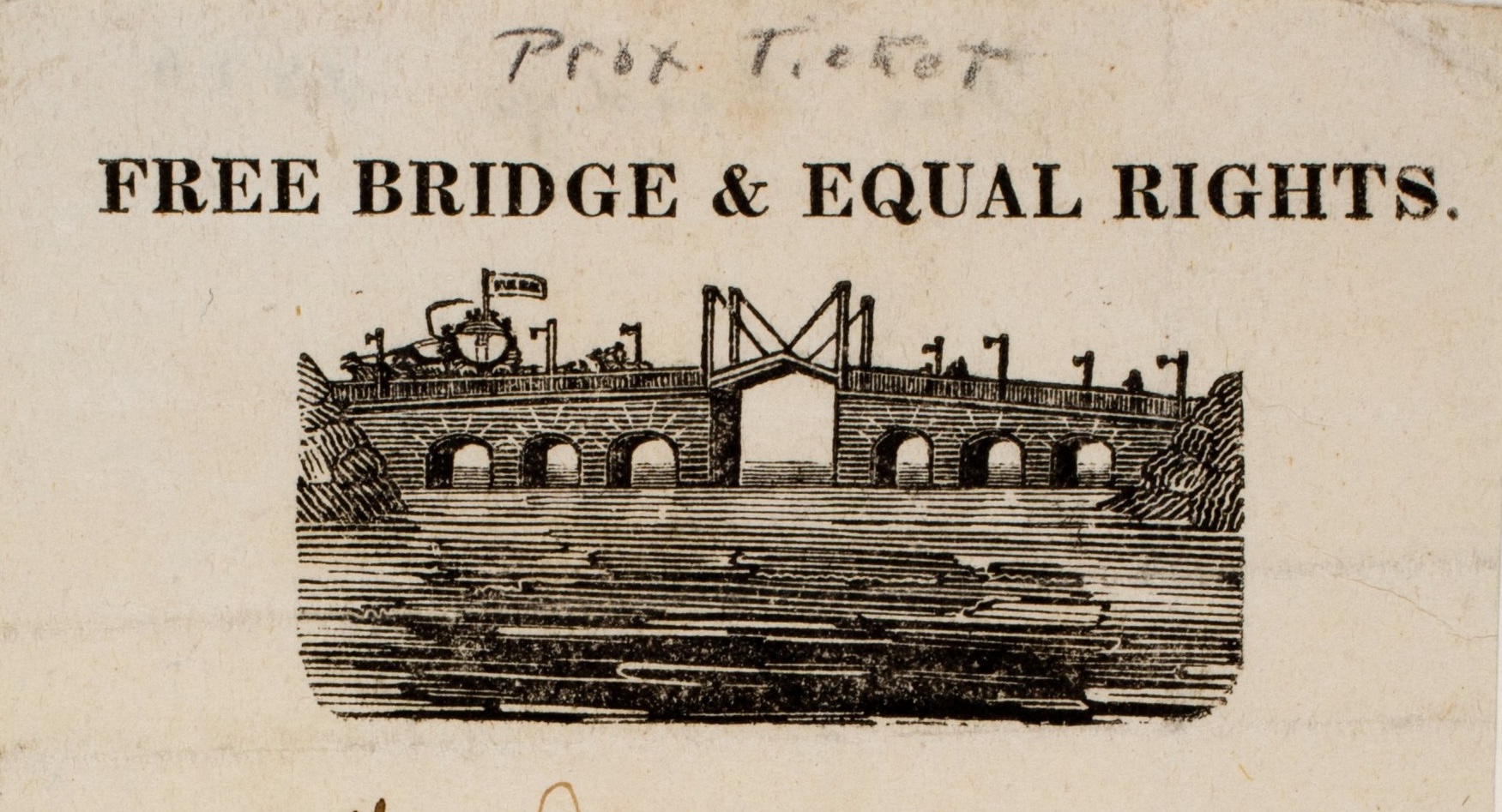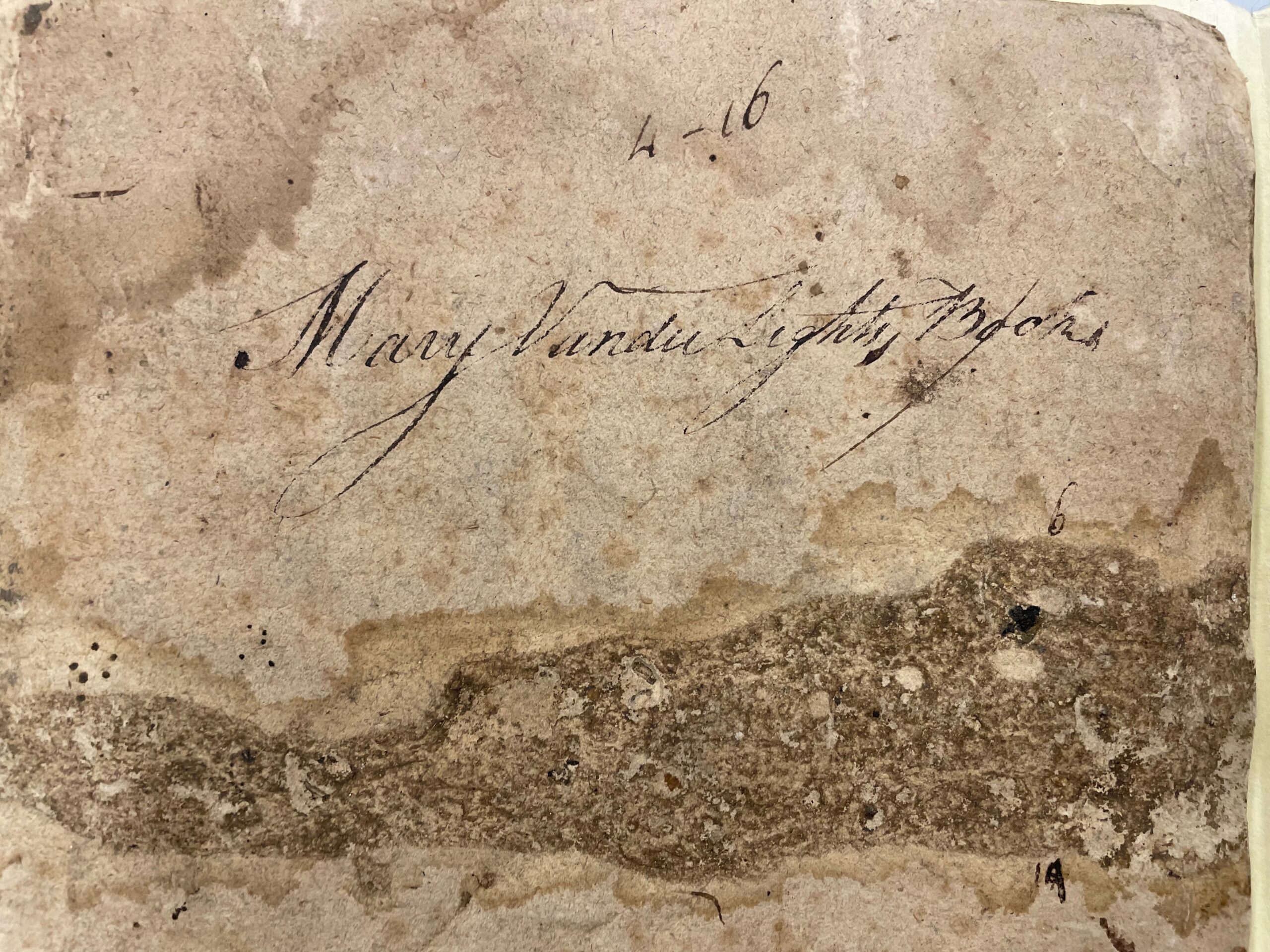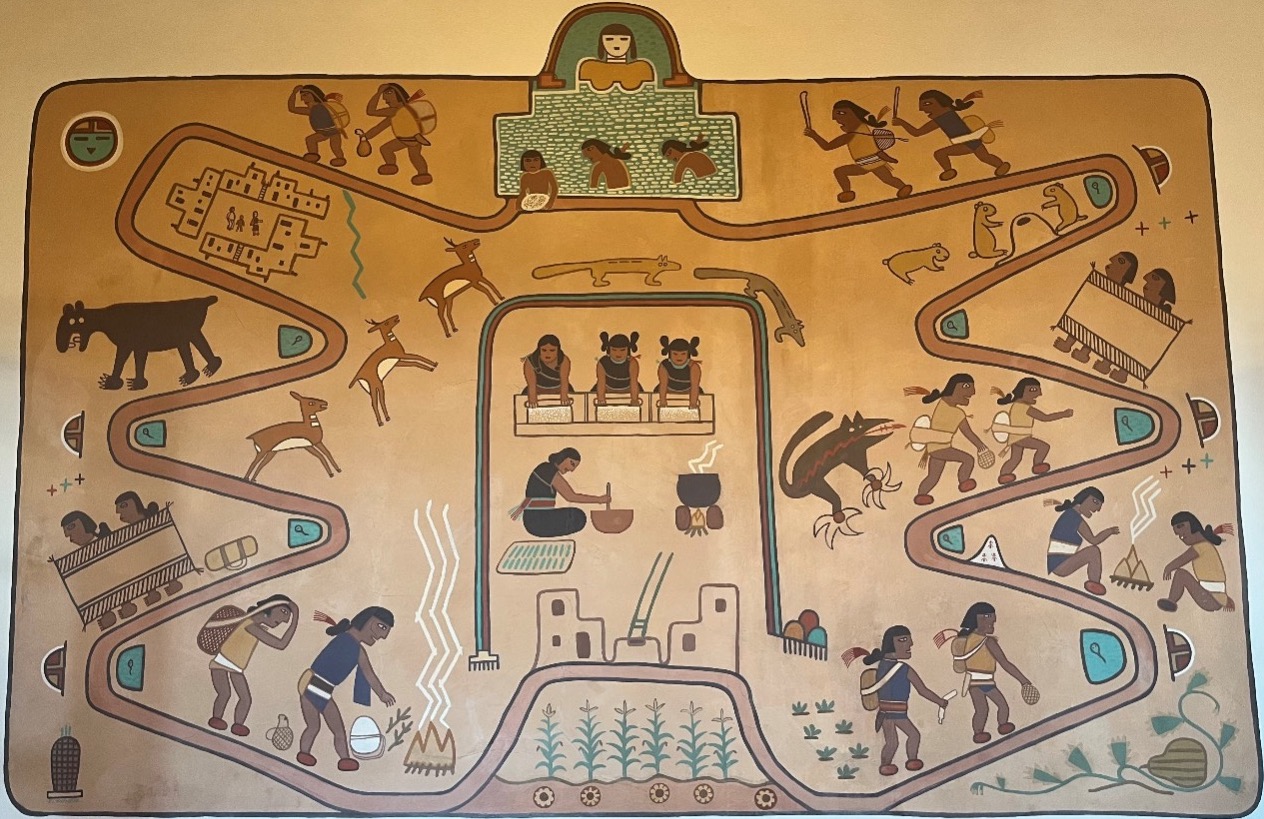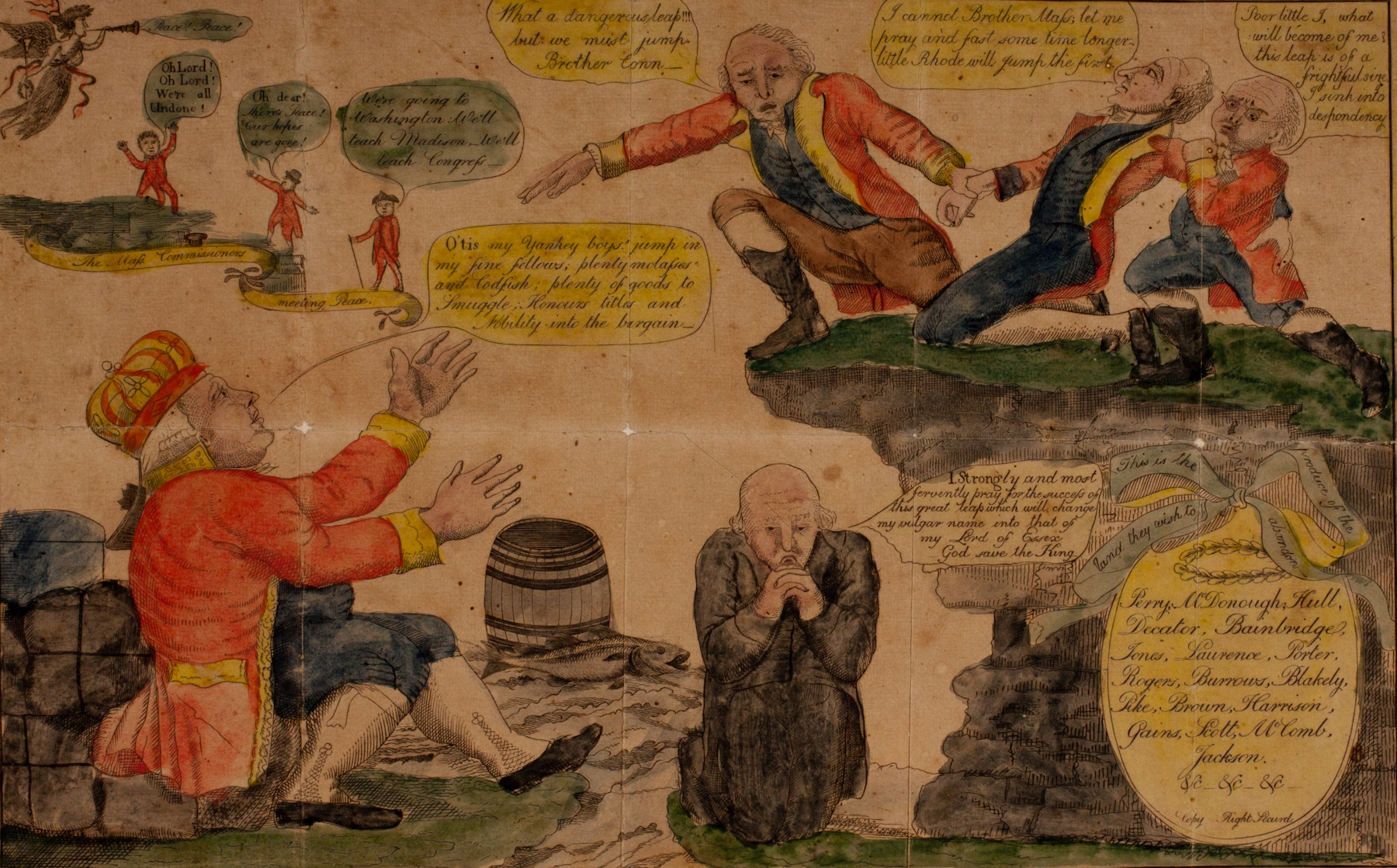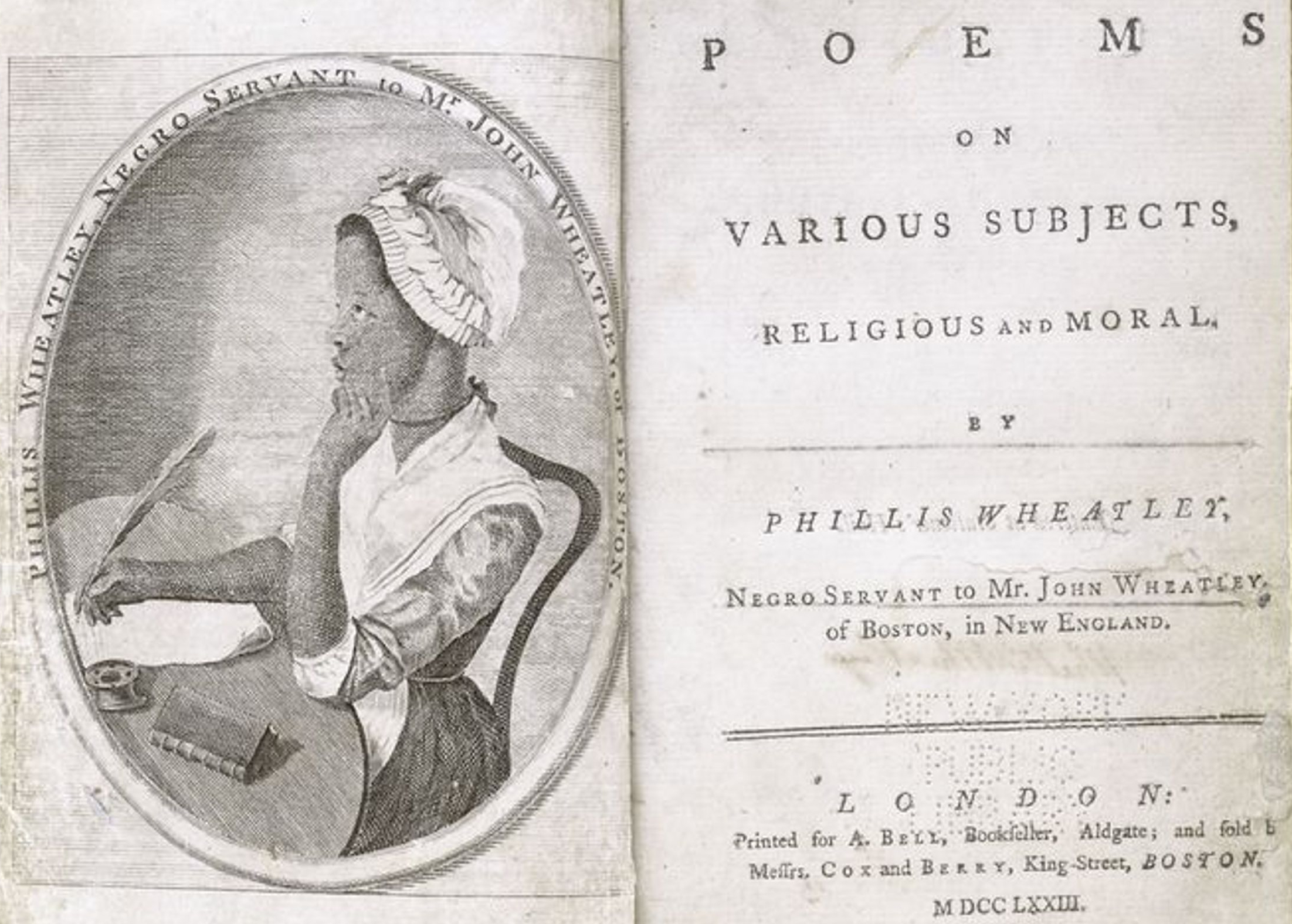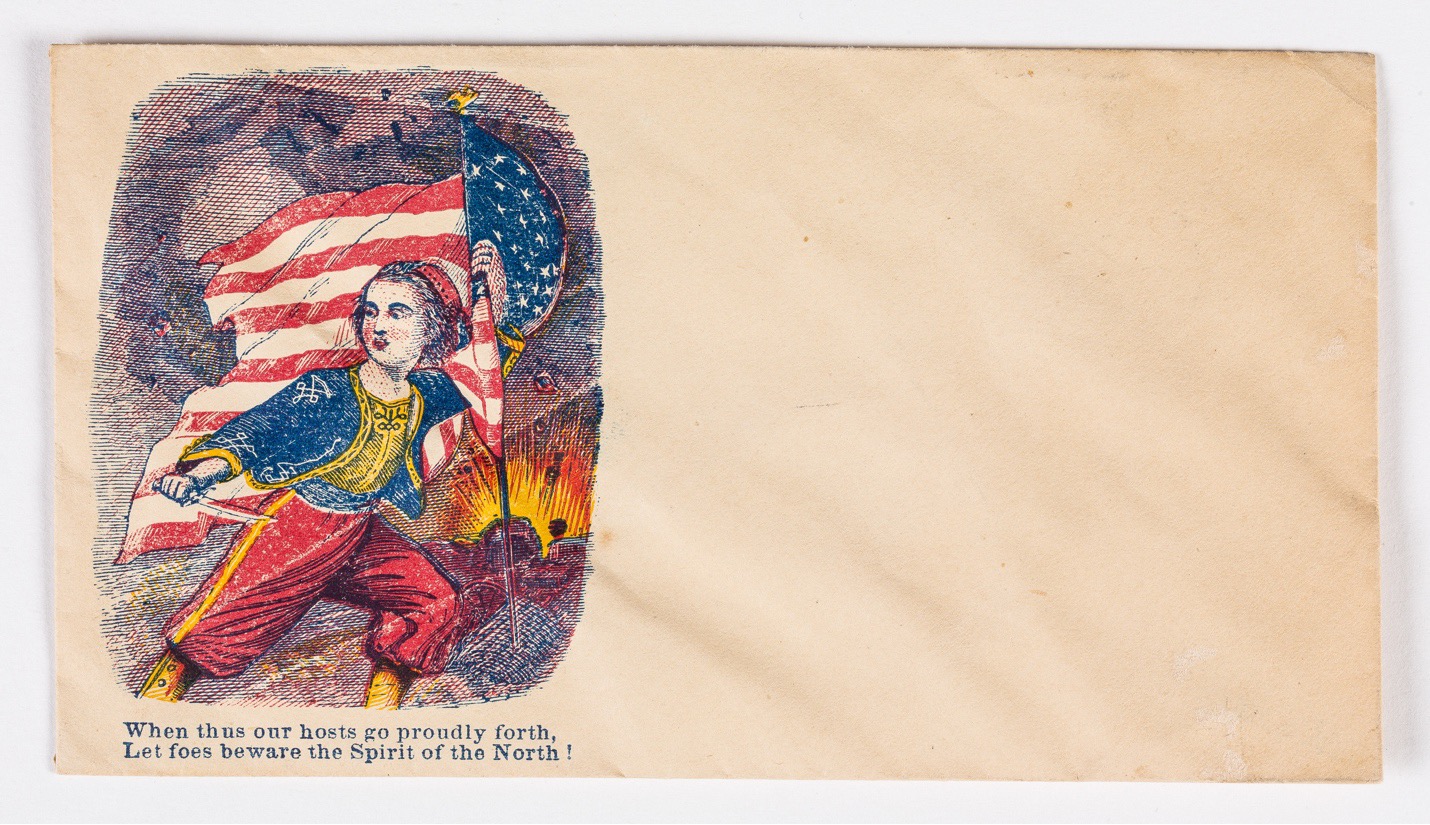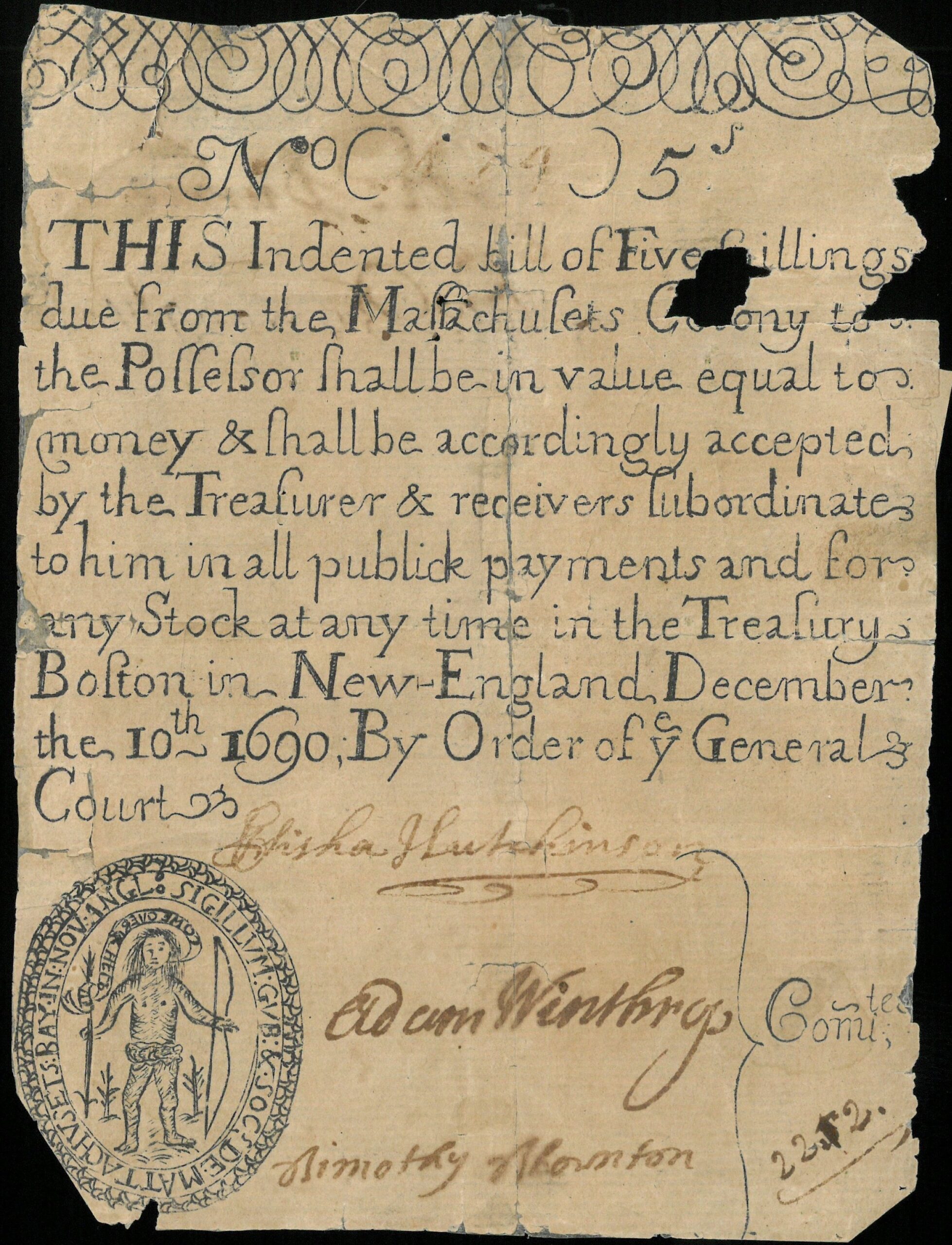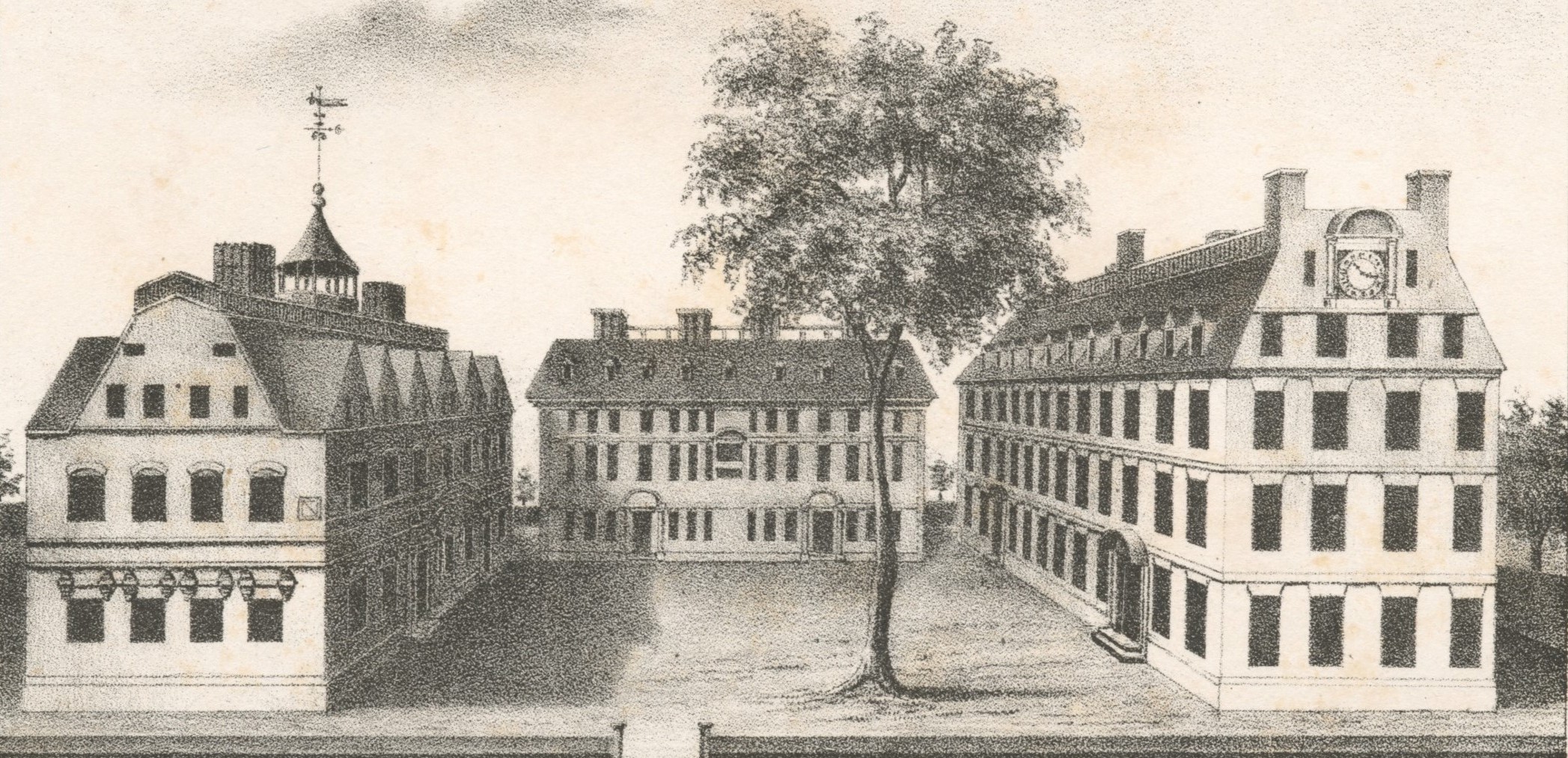The Dutch appetite for Spanish silver
It usually happens when the Dutch national soccer team is winning a game. Someone in the crowd begins to sing the opening lines of an old song:
Have you heard the news about the silver fleet,
The silver fleet from Spain?
They had lots of Spanish silver coins on board
And oranges as well.
Piet Hein, Piet Hein, Piet Hein, his name is short,
His deeds are big,
His deeds are big,
And he has captured the silver fleet.
Then the rest of the crowd chimes in, filling the stadium with the chant:
He has captured, has captured the silver fleet,
He has captured the silver fleet!
One of the few events of the seventeenth century that still arouses the Dutch imagination, the defeat of the Spanish fleet as it sailed from New Spain to Seville in 1628 epitomizes the seventeenth-century Dutch obsession with Spanish silver. To the Dutch, Spanish power in Europe was based on the seemingly endless supply of precious metals from the New World. The association of America with Spanish silver—or Spain with American silver—was accentuated during a “ceremony of possession” in the Strait of Magellan on August 25, 1599. Exhausted from protracted hardships, the six chief officers of a Dutch fleet decided to form the Brotherhood of the Unleashed Lion. They swore to each other that neither danger, necessity, nor fear of death would make them act to the prejudice of the fatherland. Their intention, they went on, had been to harm the “hereditary enemy” as much as possible, planting Dutch arms in the province—America—from where the Spanish king amassed the treasures that he used to sustain a lengthy war against the Netherlands.
In 1621, the Dutch government allowed a group of merchants to create the Dutch West India Company (WIC). The company’s main purpose was to coordinate Dutch mercantile activities in the Atlantic Basin. But the WIC had another, less obvious purpose: to serve the cause of Dutch patriots fighting for independence from Spain, the political and economic capital of the Habsburg Empire. The Estates General, the representative body that governed the revolting Dutch, concluded that the war against Spain would succeed only if extended to Spain’s American provinces. To this end, the WIC was charged with overseeing attacks on Spanish possessions in the Americas. It was necessary, wrote one of its directors, Johannes de Laet, to “cut off the nerves of the King of Spain’s annual income and the veins from the blood and the life-giving spirit spread in that large body [i.e., the Spanish empire].” The WIC therefore organized an expedition aimed at the conquest of Brazil’s capital city Bahia. Brazil was not a major source of silver, but the Portuguese colony—since 1580 Portugal had been part of the Habsburg Empire—was the world’s largest producer of sugar, a commodity almost as valuable as silver. In May 1624, a Dutch fleet caught the Portuguese defenders by surprise, and the Dutch became masters of the city, only to lose control again the next year. Brief as it was, this interlude further whetted the Dutch appetite for precious metals. In October 1624, many Dutch officers made off with gold, jewels, silver specie, and bullion after a richly laden Iberian fleet, on its way to Spain, unsuspectingly put into Bahia. The silver alone weighed two hundred and fifty thousand pounds.
Some American silver ended up in the hands of the ubiquitous Dutch privateers, or government-sanctioned pirates. Privateering had been the West India Company’s main activity in its start-up years, but the major commodity seized was sugar, not precious metals. The lure of silver remained, however. For years on end, the Dutch studied the movements in the West Indies of the flotas and galeones—the shipping fleets that formed the lifeline of Spain’s Atlantic empire.
Spain’s colonial defense had been organized in a systematic way since the 1560s, with naval escorts for transatlantic fleets, cruiser squadrons in the Caribbean, and fortifications built to protect the principal Caribbean ports. To many, it seemed foolhardy to try to seize a Spanish silver fleet, but that is precisely what the WIC managed to do. On September 8, 1628, in the Cuban bay of Matanzas, a Dutch naval force under the command of Piet Hein (1588-1629), equipped with twenty-three hundred sailors and one thousand soldiers, approached the Spanish flota bound for Seville from Veracruz. The ships carried precious metals, indigo, cochineal, tobacco, and dyewood. Just to count all the silver coins on the ships required several days. Gross proceeds of the seizure would amount to an estimated 11.5 million guilders, or roughly one million pounds sterling. Faced with the sudden appearance of the Dutch fleet, the Spanish commanders decided to seek safe harbor in the Cuban town of Matanzas, but before the ships could anchor, they ran aground on a sandbank. Some two thousand Spanish crewmembers and passengers thus found themselves swimming to the beach or rowing ashore amidst a shower of enemy gunfire. Demoralized, the Spaniards abandoned their ships and pushed on, some barefoot, others in only their shirts, many losing their way in the mountains. And yet, there was a silver lining: all who could make off with precious cargo did so. The general, admiral, and officers, as well as passengers, functionaries, sailors, and soldiers absconded with large amounts of gold and silver, a costly failure for Piet Hein. But still, there was enough left by the fleeing Spaniards to give the Dutch a dizzying haul.
From the moment he first heard the news, Spain’s King Philip IV considered meting out an exemplary punishment to the fleet commanders—putting their heads on display in Matanzas as an eternal reminder of the ignominious event. General Juan de Benavides Bazán did indeed lose his battle against infamy in the spring of 1634, when his life ended on the gallows in Seville. The contrast with the reception that was given to the Dutch commander in his home country could not have been greater. Huge crowds in The Hague, Leiden, Haarlem, and Amsterdam welcomed Piet Hein as a hero. His valor appealed to the imagination of many young men, especially orphans, who broke off their vocational training to sign up as sailors with the WIC.
Not everyone shared in the euphoria about the capture of the silver fleet. Three or four dozen drunken soldiers and sailors who had sailed with Piet Hein tried to force their way into the so-called West India House, the WIC headquarters in Amsterdam, with drums beating. They suspected that the confiscated silver was stored in the building and that the directors had adjusted their estimate of the spoils downwards so they would not have to pay the soldiers and sailors, whom they owed three or four months’ pay. One eyewitness remarked that the group could have succeeded in their endeavor had they not been so noisy.
Investors in the WIC cashed in on the capture of the fleet, receiving a dividend of 70 percent on investment for the year. The company directors were also pleased about the fear Piet Hein had instilled in enemy ranks. One treasure fleet from Peru, for instance, was held up, delaying payment for Habsburg soldiers in the Netherlands, to the benefit of the Dutch army.
Between 1629 and 1640 the Dutch would make four more attempts to capture a Spanish silver fleet, but these ended in failure. Not all was in vain, though. One fleet from New Spain did not reach its destination in 1631, having lost its battle with the elements, and private individuals incurred losses that totaled an estimated five million pesos, or a little more than the value of Piet Hein’s entire booty. This catastrophe was not simply the result of bad luck. Rather, it was at least in part a result of Spanish fear of the Dutch, fear that had delayed departure until late in the year—the hurricane season.
With its profits soaring, the West India Company decided to return to Brazil. Since Piet Hein was no longer in the service of the WIC (he had been killed in action while fighting Dunkirk privateers), Hendrick Loncq was appointed as the general of the Dutch fleet. Loncq’s expedition was successful, enabling the Dutch to establish a foothold in Pernambuco, the sugar-producing captaincy in northern Brazil, and making it necessary to add other colonies to the Dutch empire. The Company directors were particularly keen on incorporating Angola in their empire. Not only, they thought, would that guarantee a steady import of African slaves, but it would surely deal the Spanish archenemy a severe blow since his silver mines would be unable to operate without the influx of Africans. Little did they know that Indians, not Africans, made up the bulk of the miners.
The Dutch invasion of Brazil also opened up the possibility of finding precious metals in South America. From the early seventeenth century, the search for silver had been a leitmotif in Dutch activities on the American mainland. An important reason to pursue colonization in Guiana was the discovery of a mine that yielded both gold and silver, or so it was believed. And Brazil promised to offer even more mineral wealth. Six Brazilian Indians who had been brought to the United Provinces after the defeat in Bahia informed the Dutch about the existence of silver, lead, and crystal reserves in the vicinity of Ceará. It would not be hard, the natives asserted, to locate the silver: everyone could spot it in passing. They had themselves used small pieces of it as weight for their fishnets. When these assertions were finally tested by explorers two decades later, no silver was found. Other expeditions into the interior were equally frustrating, but the stream of people who claimed to know the location of mines never stopped. A local Portuguese monk reported, for example, that a mountain in a wooded area near the town of Sergipe was home to two silver mines “as good as those of Potosí in Peru.”
Potosí appears almost mythical in some of the stories, but the Dutch knew that it was an actual place that they might be able to reach, in spite of its remote location. In 1641 Governor Johan Maurits sent an expedition to the island of São Luis off Maranhão in northern Brazil, which was believed to provide access to the mines of Peru. In the same year another expedition, guided by scores of natives, marched to the interior of Paraíba to find out if the mines of Potosí could be reached through a backdoor. Although neither endeavor was successful, the search for American silver continued for a few more years. The end finally came around 1648, when after three generations of warfare Spain buried the hatchet with the Netherlanders and presented them with a gift more precious than silver: independence.
Further Reading:
The capture of the silver fleet is documented in S. P. L’Honoré Naber and Irene A. Wright, eds., Piet Heyn en de Zilvervloot. Bescheiden uit Nederlandsche en Spaansche Archieven (Utrecht, 1928) and Irene A. Wright, ed., Bescheiden over de verovering van de Zilvervloot door Piet Heyn (Utrecht, 1928). Information about the Dutch search for Brazilian silver can be gleaned from “Memorie door den Kolonnel Artichofsky, bij zijn vertrek uit Brazilië in 1637 overgeleverd aan Graaf Maurits en zijnen Geheimen Raad,” Kroniek van het Historisch Genootschap gevestigd te Utrecht25, fifth series, volume 5 (1869): 253-349 and “Journaux et Nouvelles tirées de la bouche de Marins Hollandais et Portugais de la Navigation aux Antilles et sur les Côtes du Brésil. Manuscrit de Hessel Gerritsz traduit pour la Bibliothèque Nationale de Rio de Janeiro par E. J. Bondam,” Annaes da Bibliotheca Nacional do Rio de Janeiro XXIX (1907): 97-179.
This article originally appeared in issue 6.3 (April, 2006).
Wim Klooster is an assistant professor of history at Clark University. His most recent books are Power and the City in the Netherlandic World (forthcoming in 2006; coedited with Wayne te Brake) and The Atlantic World: Essays on Slavery, Migration, and Imagination (2005; coedited with Alfred Padula).






